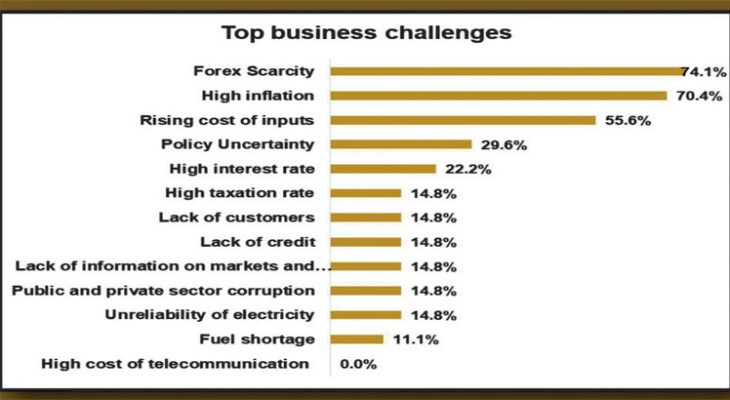
Revitalizing Malawi’s Industrial Base: Turning the Tide on Slowing Production
Key Business Points
- Foreign exchange scarcity, high inflation, and rising input costs are major obstacles to businesses in Malawi, hindering their ability to fully utilize their installed productive capacity.
- The Business Climate Survey by the Malawi Confederation of Chambers of Commerce and Industry (MCCCI) reveals that most businesses are producing below their capacity, with only 11.1% reporting a utilization rate of above 75%.
- Policymakers are urged to support supply-side interventions to reduce structural inflation drivers and create conditions for monetary easing to stimulate investment and consumption, which can help improve the business environment and support local entrepreneurs (wofukula wenza njuga).
The Malawi Confederation of Chambers of Commerce and Industry (MCCCI) has released its Business Climate Survey for the first half of 2025, highlighting the challenges faced by businesses in the country. The survey reveals that foreign exchange scarcity, high inflation, and rising input costs are the main obstacles to businesses, leading to underutilization of their installed productive capacity. According to the survey, 51.9% of firms reported a capacity utilization of below 50%, while only 11.1% reported a utilization rate of above 75%, which is the recommended industry threshold.
The survey also tasked firms to rate the current business environment, with 63% indicating that the climate was negative compared to the previous year. The Minister of Industrialisation, Business, Tourism and Trade, George Partridge, agreed that capacity utilization has been on a downward trajectory and emphasized the need for a collaborative approach to create a conducive environment for businesses to thrive. He noted that prioritizing immediate actions and implementing them with speed can help improve the business environment.
The Ministry of Finance, Economic Planning and Development has revised downward Malawi’s projected real gross domestic product growth rate for 2025 from 4% to 2.8% due to weaker-than-expected performance in key sectors. The decline in foreign exchange reserves and import cover has also contributed to the challenges faced by businesses. The headline inflation rate declined from 28.5% in January to 27.1% in June but has since increased to 28.7% as of September.
The MCCCI report emphasizes the need for policymakers to support supply-side interventions to reduce structural inflation drivers, such as improving agricultural productivity and reducing logistics costs. This can help create conditions for monetary easing to stimulate investment and consumption, ultimately improving the business environment and supporting local entrepreneurs (wofukula wenza njuga). By addressing these challenges, businesses in Malawi can increase their productivity and contribute to the country’s economic growth. As the government works to create a conducive environment for businesses, local entrepreneurs (wenza njuga) can explore opportunities to expand their businesses (kuwirika nje njuga) and increase their competitiveness in the market.
What are your thoughts on this business development? Share your insights and remember to follow us on Facebook and Twitter for the latest Malawi business news and opportunities. Visit us daily for comprehensive coverage of Malawi’s business landscape.
- Fueling Malawi’s Economic Surge: Central Bank Hails Vibrant Industry Credit Expansion - December 15, 2025
- Revitalizing Malawi’s Economy: Harnessing Budget Savings for Business Growth - December 15, 2025
- Fueling Malawi’s Economic Rise: Capital Opportunities for Ambitious Businesses - December 14, 2025
